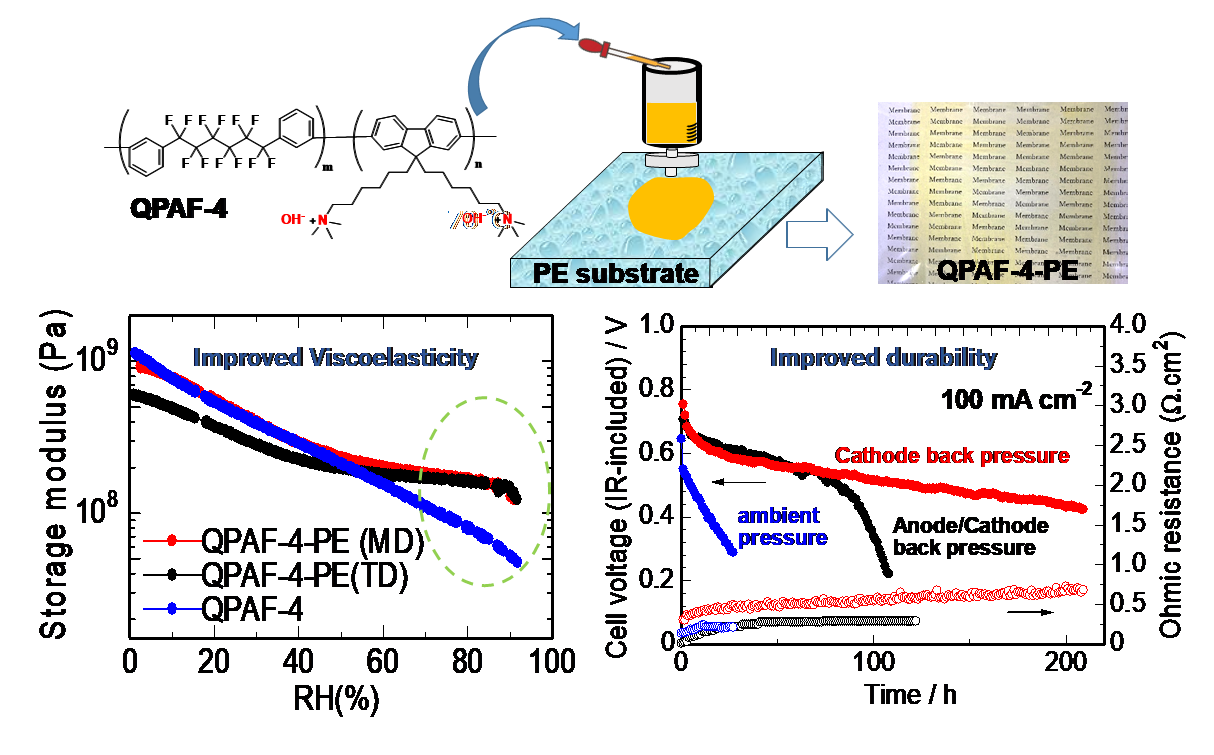Found 21 results
Open Access
Review
09 December 2024Synthesize and Applications of Biodegradable Plastics as a Solution for Environmental Pollution Due to Non-Biodegradable Plastics, a Review
Biodegradable plastics are a potential sustainable alternative to conventional petrochemical-based non-degradable plastics. Due to their lightweight, flexibility, durability, versatile applications, chemical inertness, electrical and heat insulation, and conductivity, plastics have become an essential material for many industries, with annual production currently exceeding 450 million tons. However, these materials are non-biodegradable, leading to detrimental consequences such as the formation of microplastics from improper disposal and the generation of toxic gases, including furans, dioxins, mercury, and polychlorinated biphenyls, from burning plastic waste. This results in environmental pollution, affecting land, water bodies, and the atmosphere. In response, studies where the focus has been on creating bio-degradable polymers such as polylactic acid, polyhydroxy alkanoates, Polycaprolactone, Poly(butylene adipate-co-terephthalate), and Polybutylene succinate, which were extracted from renewable resources or chemically modified as biodegradable polymers. Biodegradable polymers exhibit a wide range of properties and can now be modified to be used in various applications suitable for substituting some conventional plastic products. Thus, the article highlights the critical issue of environmental pollution caused by non-biodegradable plastics and provides a comprehensive overview of the synthesis processes, properties, novel applications, and challenges associated with the use of biodegradable plastics.
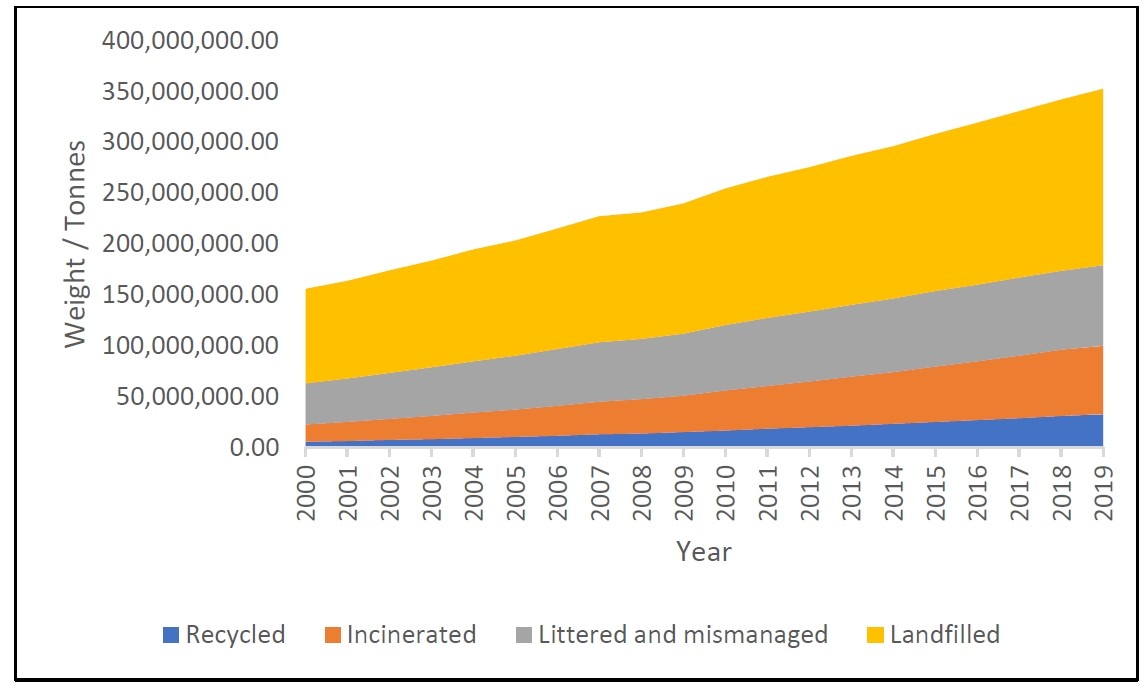
Open Access
Review
13 November 2024Recent Advances in Developing Aldehyde-Accumulating Microbes and Future Perspective of Biosynthetic Applications
Aldehydes are a class of compounds that contain carbonyl groups in their side chains and are widely used in industries such as fragrances, flavoring compounds, and pharmaceutical intermediates. In recent years, there has been a substantial rise in the application of microbial synthesis to generate aldehyde compounds and their derivatives. This review will conduct an in-depth analysis of the literature related to the manipulation of microorganisms for aldehyde accumulation and the subsequent generation of aldehyde-derived products using metabolic engineering and synthetic biology principles. Furthermore, the review further highlights the prospects and future potential of employing these aldehyde-accumulating microorganisms to synthesize a diverse range of value-added chemicals.

Open Access
Review
22 October 2024Engineering of Cu-Based Quaternary Sulfide Nanomaterials for Photocatalytic Applications
Semiconductor nanomaterials have been widely used as light-responsive photocatalysts for solar-to-fuel conversion over the past decade. However, the wide band gap of the most reported photocatalysts stems from light absorption in the visible region and results in low solar conversion efficiency. Therefore, it is necessary to develop new semiconductor nanomaterials with high absorption coefficients over the visible region as photocatalysts. The most promising candidates include Cu-based quaternary sulfide nanomaterials (CQSNs), such as Cu-II-III-S (e.g., CuZnInS, CuZnGaS), Cu-II-IV-S (e.g., Cu2ZnSnS4, Cu2ZnGeS4), and I-III-IV-S (e.g., CuInSnS4, Cu3GaSnS5). This review provides a comprehensive overview of the recent progress in developing CQSNs for various photocatalytic applications. Firstly, we present an overview of the synthesis of CQSNs with precise control over crystal phase, composition, size, and shape using solution-based methods. Then, the enhancement of photocatalytic performance was presented via the engineering of CQSNs, which included surface engineering, elemental doping, cocatalyst loading, vacancy engineering, and interface engineering. Subsequently, we further introduce the photocatalytic applications in the fields of photocatalytic and photoelectrochemical hydrogen conversion, CO2 reduction, organic synthesis, and pollutant degradation. Lastly, this review ends with views on the current challenges and opportunities of CQSNs in future studies.
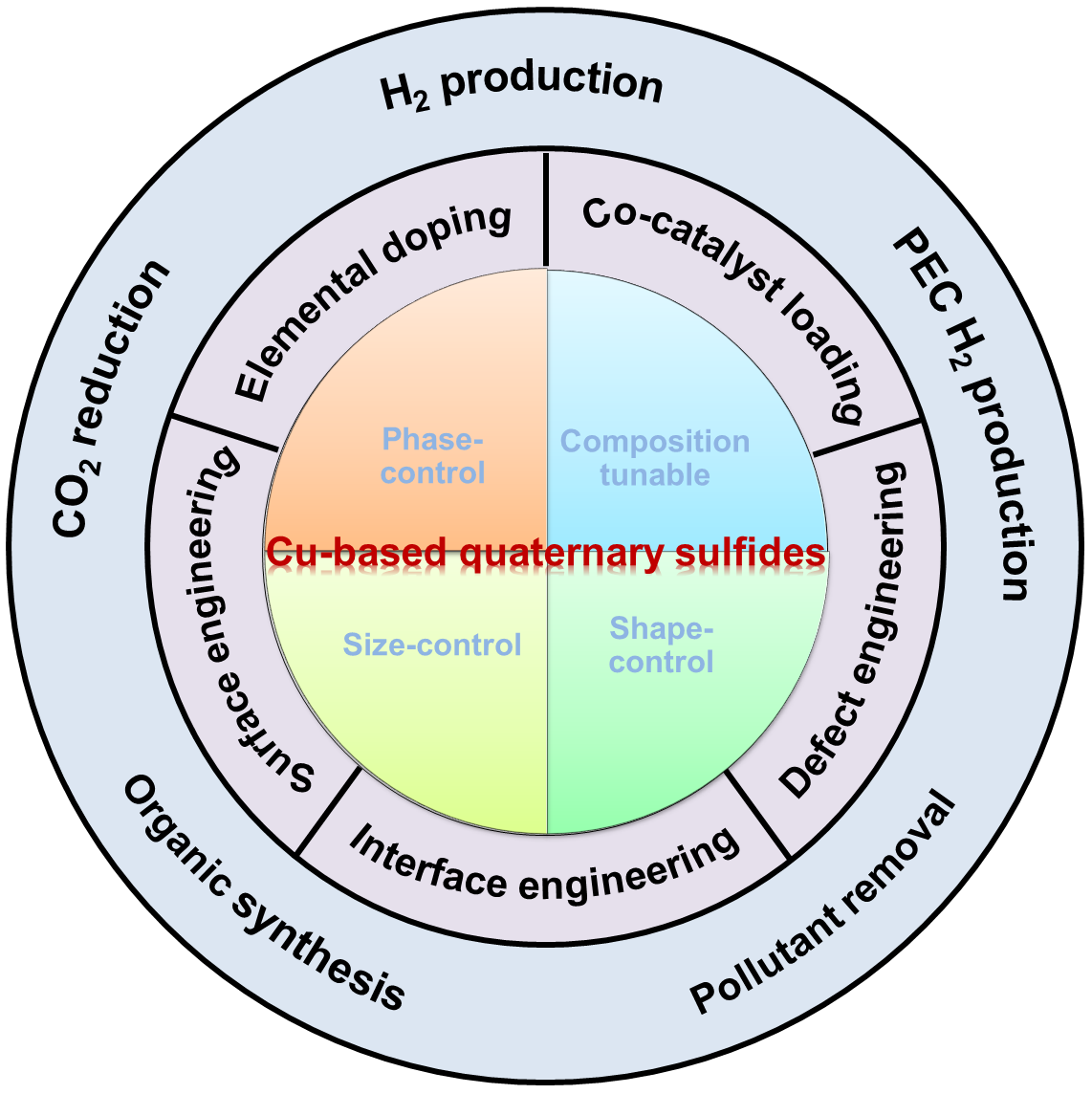
Open Access
Review
14 October 2024Photocatalytic Antifouling Coating: From Fundamentals to Applications
With the rapid development of shipping industry, marine vessels frequently suffer from biofouling caused by marine organisms, making the effective prevention of marine biofouling a critical issue. Traditional antifouling coatings, which utilize toxic and harmful substances, pose significant risks to marine ecosystems. Therefore, the development of environmentally sustainable antifouling coatings has become imperative. Photocatalytic antifouling coatings, as an eco-friendly alternative, present a promising solution to these economic, energy, and ecological challenges. This review compares the environmental benefits of photocatalytic antifouling coatings to traditional ones, highlighting the underlying mechanisms of marine biofouling. Additionally, it explores the preparation techniques employed in photocatalytic antifoulant, analyzing the advantages, disadvantages, and potential modifications for photocatalytic coatings. Based on these insights, the future development of photocatalytic antifouling coatings is discussed, aiming to provide valuable references for the exploration of more efficient, broad-spectrum, energy-saving, environmentally friendly, and cost-effective marine antifouling technologies.
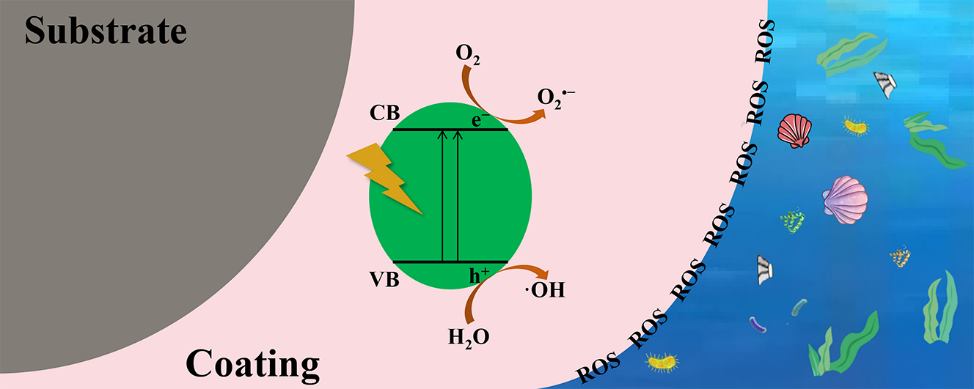
Open Access
Commentary
25 April 2024Monitoring Complexity in Clean Energy Systems Applications
Clean energy applications often involve systems with technological process monitoring. This supervision aims to optimize operation, in particular efficiency, performance and compatibility with dedicated criteria. Most of these energy systems involve complex procedures. A complex procedure is an arrangement of compound processes interacting in interdependent behaviors. The supervision of these complex procedures focuses on the interaction of compound processes, their digital coupling and the handling of uncertainties in their detection and digital tools. Real-virtual pairs, such as digital twins, could carry out such surveillance. This commentary aims to analyze and illustrate such supervision in clean electromagnetic energy systems based on a review of the literature. The notion of complexity and the interactions of the compound processes involved are first addressed and detailed. The modeling of these interactions is presented through the mathematical coupling of the electromagnetic equations with other equations of the phenomena involved. These phenomena are linked to the functional or environmental behaviors of the systems. Compound process monitoring in complex procedures is then analyzed taking into account threats, unsolicited external events and uncertainties related to the sensing and digital tools involved. This contribution illustrated several points relating to, the relationship between the complexities of a real energy procedure and its coupled virtual model, the dependence of the model reduction strategy on each specific application and the reduction of uncertainties through the matching of real-virtual pairs. The different analyses are supported by literature references permitting more information when necessary.
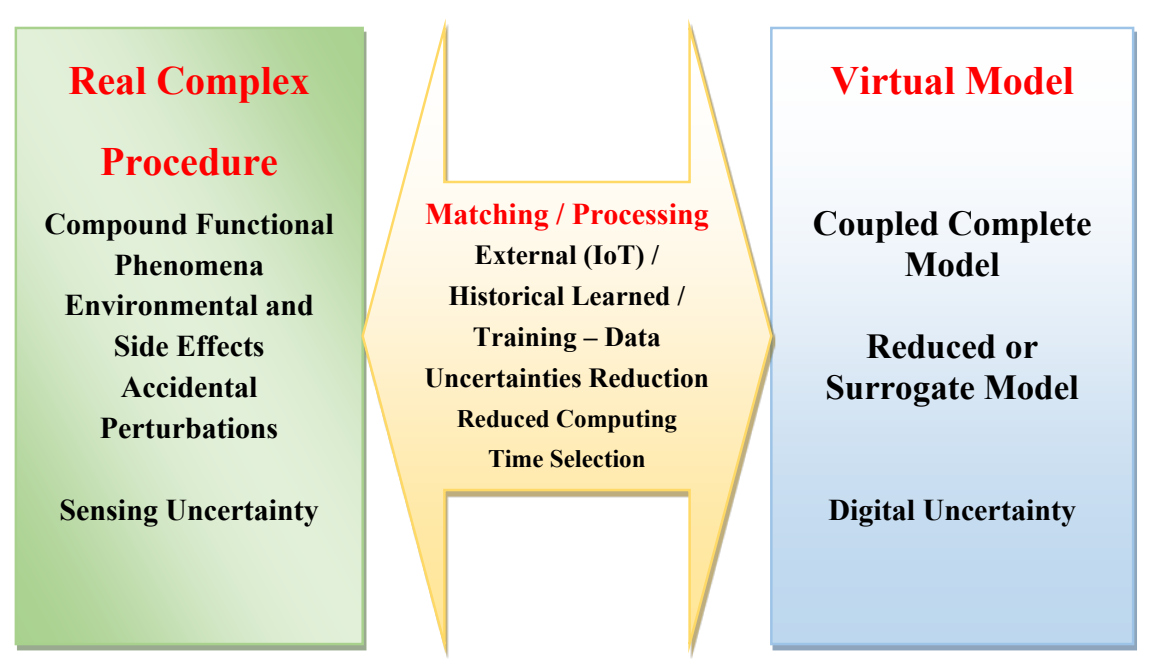
Open Access
Editorial
17 April 2024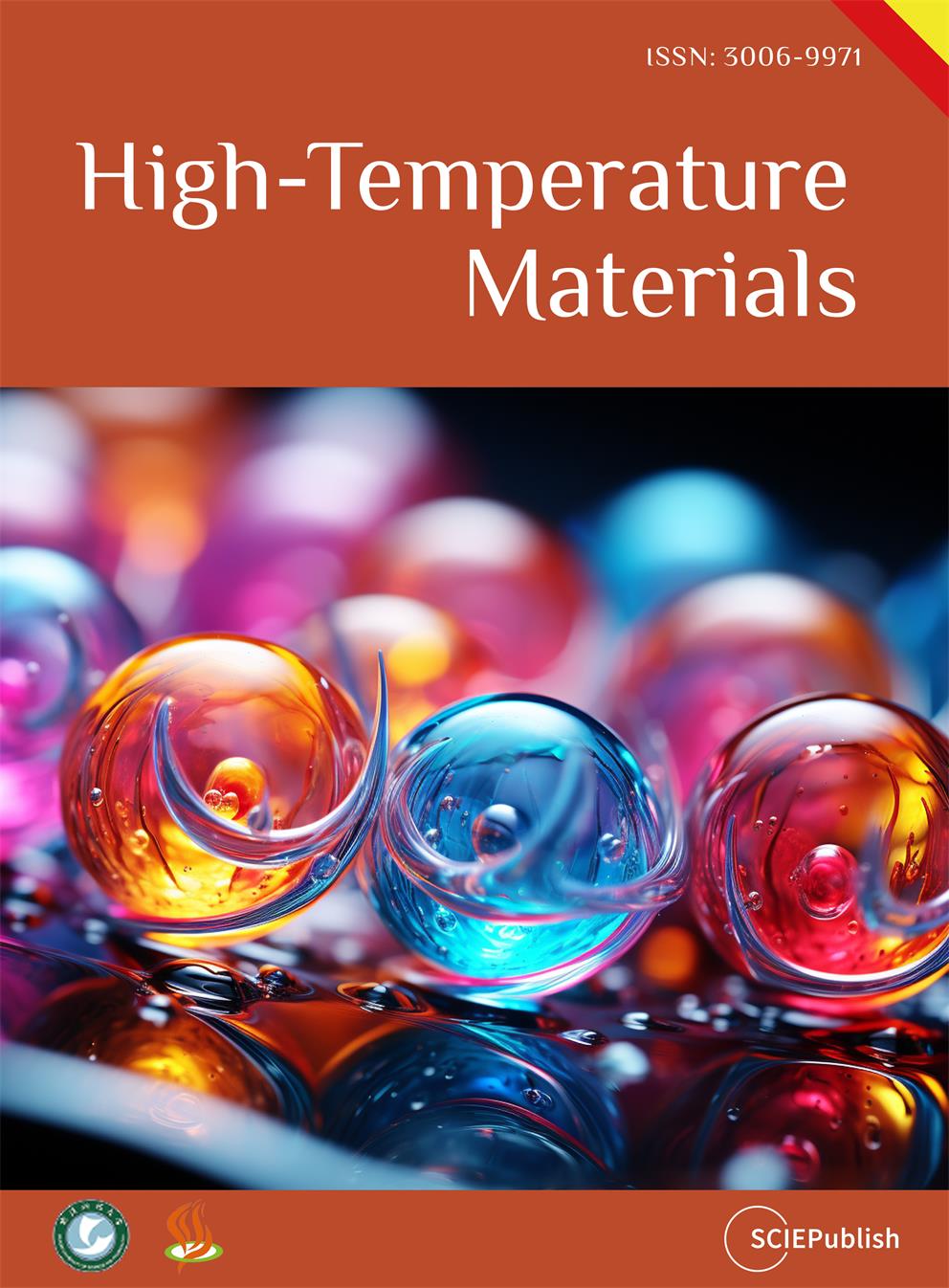
Open Access
Article
29 January 2024A Novel High Step-up DC-DC Converter Using State Space Modelling Technique for Battery Storage Applications
This paper focuses a novel non-isolated coupled inductor based DC-DC converter with excessive VG (voltage gain) is analyzed with a state-space modeling technique. It builds up of using three diodes, three capacitors, an inductor and CI (coupled inductor). The main switch S is turn on due to body diode and voltage stress is reduced at the switch S by using diode D1 and Capacitor C1. This paper focuses on design modelling, mathematical calculations and operation principle of DC-DC converter is discussed with state-space modelling technique. The performance has been presented for two different voltages for EV applications, i.e., 12 V, 48 V as input voltages with a high step-up outputs of 66 V and 831.7 V respectively. The converter stability is studied and determined the bode plot along with simulation performance results which are carried out using MATLAB R2022B.
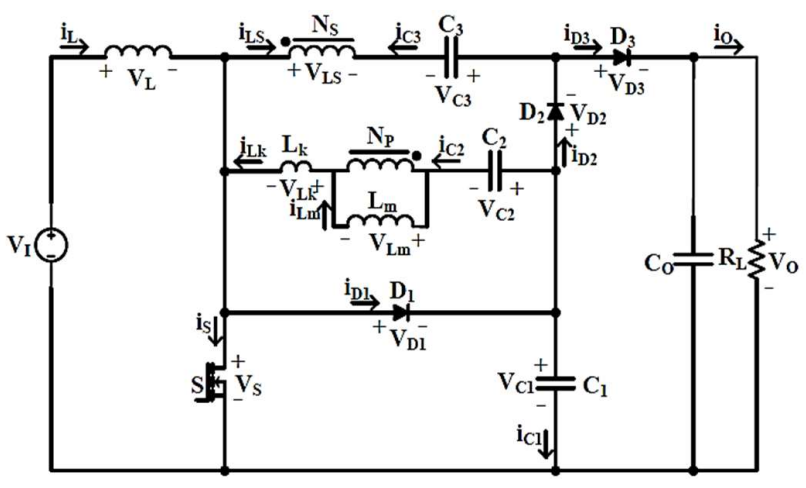
Open Access
Review
17 January 2024A Review on Significant Role of Additive Manufacturing in Biomedical Applications
The rapid development of manufacturing sector has created a platform for implementing novel technologies such as additive manufacturing (AM). AM or 3D printing, has generated a lot of interests in biomedical applications during the last decade with a variety of novel printed polymeric materials. 3D printing fabricates 3D object with layer-by-layer processing through computer-controlled programming software. It has innumerable applications including electronics, aerospace engineering, automobile industry, architecture and medical sectors. One of the most demanding sectors of 3D printing is biomedical engineering applications such as medicines, drug delivery system, surgical instruments, orthopedics, scaffolds, implants etc. The clinical ramifications of AM-made healthcare goods are being catalyzed by recent developments in biomaterials. This review paper aims to explain the concept of 3D printing and its significance in developing polymeric materials for biomedical applications. An inclusive survey has been conducted on the various techniques involved in printing the biomedical devices. The proper selection of polymeric materials is important for biomedical applications, especially from 3D printing point of view and this vital parameter has been considered in this review paper. According to our findings, more breakthroughs in biomaterials, are required for the success and expansion of AM technology in the biomedical applications.

Open Access
Review
12 October 2023New Trends on Photoswitchable Antibiotics: From Syntheses to Applications
Antibiotics are excreted in the environment after being used to treat bacterial infections in human and animals. These residues are poorly eliminated by the actual wastewater treatment processes, affecting animal, human and environmental health. This has led to the emergence of antibiotic resistance in bacterial pathogens. To combat this problem, photopharmacology has emerged in the last decades. This approach, based on the coupling of a drug with a photochromic component, is a promising way to control antibiotic activity by light irradiation and consequently limit antibioresistance. Thus, this review summarizes the study on the effect of the irradiation light on the antimicrobial activity of coupling compounds.
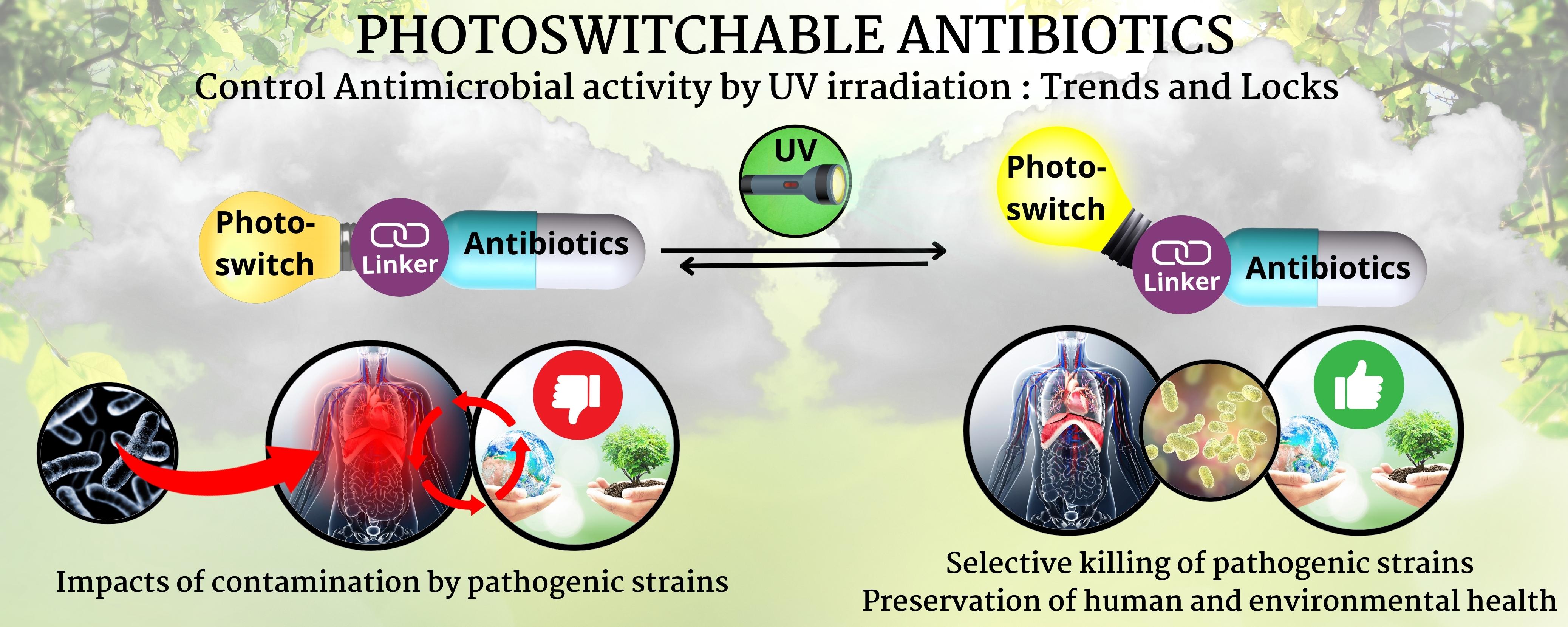
Open Access
Article
25 September 2023Anion Exchange Membrane Reinforced with Polyethylene Substrate for Alkaline Fuel Cell Applications
To enhance mechanical robustness of our in-house anion exchange membrane (QPAF-4), the reinforcement technique was applied using ozone-treated, porous polyethylene (PE) thin film (Toray SETELA) as a substrate. Homogenous and flexible reinforced membranes (QPAF-4-PE, 15–20 µm thick) were obtained by bar-coating method. The cross-sectional SEM image and EDS analysis revealed triple-layered (sandwich-like) structure without detectable pinholes. The QPAF-4-PE with ion exchange capacity (IEC) of 1.48 meq·g−1 exhibited lower water uptake (15 wt% at 90% relative humidity) and slightly lower hydroxide ion conductivity (71 mS·cm−1 at 80 ℃) than those of the pristine QPAF-4 (IEC = 1.84 meq·g−1, 25 wt% water uptake and 82 mS·cm−1 of the conductivity). The reinforced QPAF-4-PE exhibited slightly higher viscoelasticity (particularly, in MD direction) due to the suppressed water absorbability. Furthermore, the elongation at break increased by 9.8% in TD direction and 6.3% in MD direction. An H2/O2 fuel cell using QPAF-4-PE as membrane was investigated at different back-pressure, in which the cell with 100 kPa back-pressure onto the cathode side only achieved the maximum performance (176 mW·cm−2 at current density of 364 mA·cm−2) and the longest durability for (>200 h) at a constant current density of 100 mA·cm−2 maintaining 0.43 V of the cell voltage (67% remaining). The durability was eight times longer than that with ambient pressure and two times longer than that with back-pressure on both sides.
